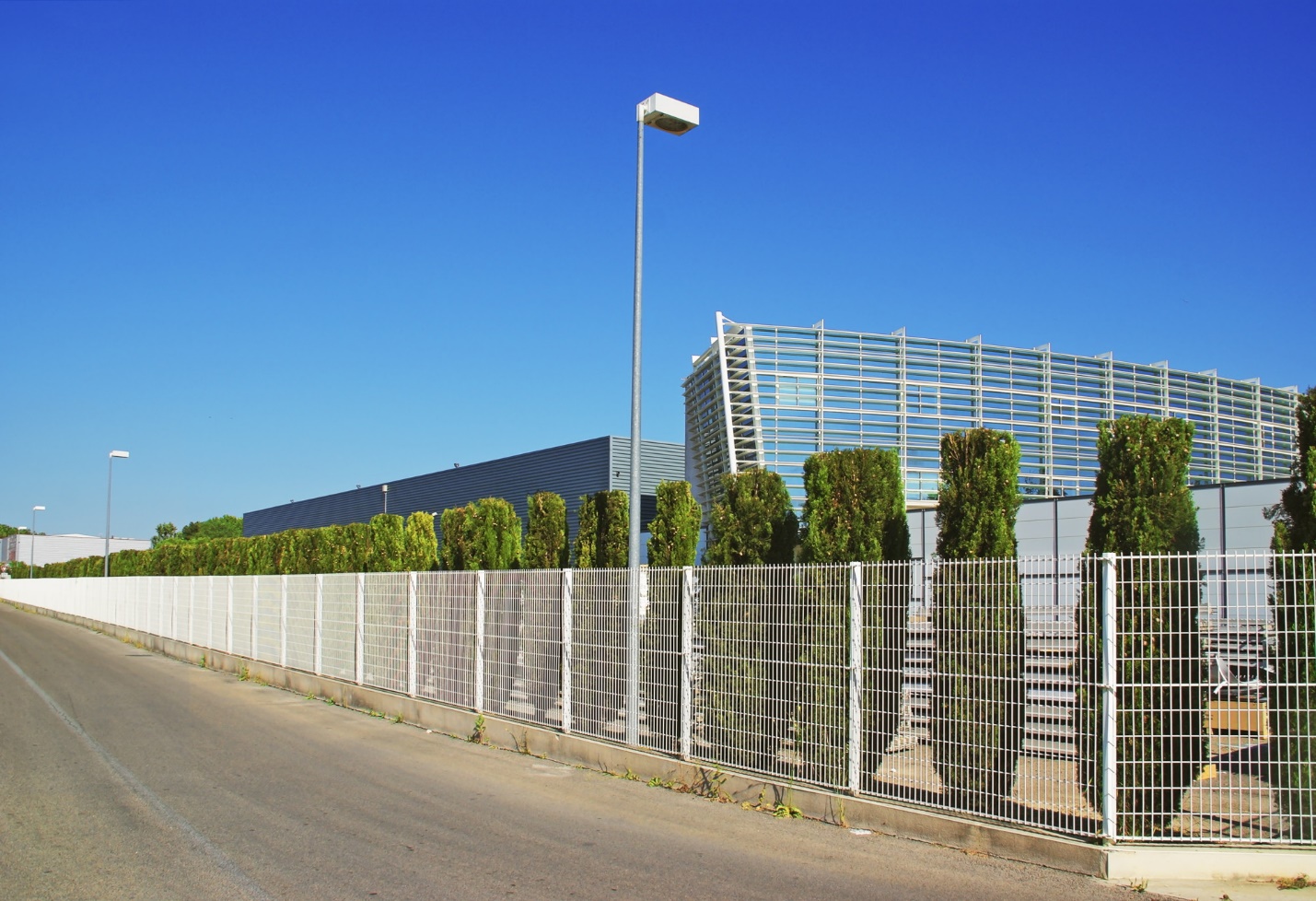Physical barriers against intruders
Fencing serves as the first layer of defense against unauthorized access. By creating a visible and physical boundary, it establishes clear demarcation lines for private property, signaling to potential intruders that access is restricted. This physical deterrent not only discourages casual trespassing but also impedes deliberate intrusion attempts. For businesses dealing with high-value goods, such as warehouses, retail outlets, and data centers, a robust fencing system can significantly reduce the risk of theft. Additionally, fencing can be customized to include anti-climbing features, razor wire, or electric components, enhancing its ability to prevent breaches. The delay caused by a well-designed fence provides security teams with the critical time needed to respond to an alert or threat.
MORE NEWS: Tripadvisor reveals the must-visit destinations for 2025
Technology-enhanced security
Modern fencing solutions go beyond traditional barriers by integrating advanced technologies that elevate security measures. Motion sensors embedded in fences can detect movement along the perimeter, immediately alerting security personnel. Closed-circuit television (CCTV) systems mounted on or near fences provide continuous surveillance, allowing businesses to monitor their premises in real-time. Alarm systems linked to access points in the fence can trigger notifications to on-site teams or remote monitoring centers whenever a breach is attempted. Smart fences connected to IoT platforms allow for centralized control and monitoring, enabling seamless integration with other security systems such as lighting, entry control systems, and drones for aerial surveillance. These advanced features not only make it easier to detect and respond to intrusions but also create a powerful deterrent against potential threats.
Sustainable fencing materials
Many contemporary fences are made from eco-friendly materials such as recycled metals, bamboo, or sustainably sourced wood. These materials help businesses reduce their carbon footprint while maintaining high levels of durability and effectiveness. For example, recycled steel fences offer exceptional strength and weather resistance, making them ideal for industrial applications. Composite wood materials, made from a combination of recycled wood fibers and plastics, provide a low-maintenance option that resists rot and decay. Additionally, businesses are increasingly opting for green fencing solutions, such as living walls or hedges, which combine aesthetic appeal with environmental benefits like improved air quality and biodiversity. By choosing sustainable fencing materials, companies can align their security efforts with broader corporate social responsibility goals while enjoying long-term cost savings due to reduced maintenance requirements.
Psychological impact on safety
Beyond physical security, fences contribute to a sense of safety and order within a business environment. For employees, knowing that their workplace is secured by a reliable fencing system fosters peace of mind, allowing them to focus on their tasks without the distraction of security concerns. This can have a positive effect on productivity and overall job satisfaction. Visitors and clients also feel more at ease when entering a well-secured premises, as it conveys professionalism and a commitment to safety. Additionally, visible security measures, such as fences integrated with surveillance cameras, can discourage opportunistic criminal behavior, further enhancing the psychological sense of security for everyone on-site.
Compliance with regulations
Fencing systems must adhere to local and international regulations to ensure they are both effective and legally compliant. These regulations often dictate requirements for fence height, materials, and structural integrity, particularly in industries with heightened security needs, such as healthcare, education, and logistics. For example, fences around schools may be required to be of a certain height to prevent unauthorized access while remaining visually non-threatening. Similarly, industrial sites may need fences made from materials that are resistant to specific environmental conditions, such as corrosion in coastal areas. Properly navigating these regulations is essential to avoid fines, ensure insurance coverage, and maintain community goodwill. Businesses should work with professional fencing contractors familiar with local laws to guarantee compliance during installation.
Importance of maintenance
Even the best fencing systems require regular maintenance to remain effective over time. Inspections should be conducted periodically to identify potential vulnerabilities, such as damage caused by weather, rust, or vandalism. Addressing issues promptly ensures the fence continues to serve its protective function. For example, steel fences should be treated with anti-corrosion coatings to prevent weakening over time, while wooden fences may need to be resealed to protect against moisture. Additionally, electronic components, such as motion sensors and surveillance cameras, should be tested regularly to confirm their functionality. Scheduled maintenance not only extends the lifespan of the fence but also minimizes costly repairs and helps businesses avoid security lapses.
Real-world application: Fenceweb
Fenceweb exemplifies the effectiveness of a well-designed fencing system. By integrating advanced technologies like motion detectors, CCTV cameras, and automated gate controls, the company has created a comprehensive security network for its facilities. This system has successfully thwarted multiple break-in attempts, demonstrating the value of proactive investment in fencing. Fenceweb also prioritizes sustainability by using recycled materials in their fencing solutions, aligning with their commitment to environmentally friendly practices. Their approach illustrates how a combination of robust design, advanced technology, and regular maintenance can provide businesses with long-term security and peace of mind.




